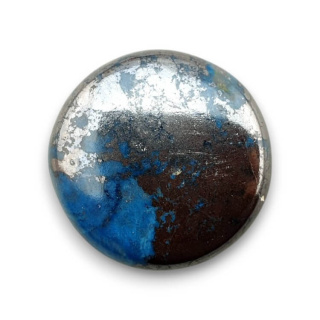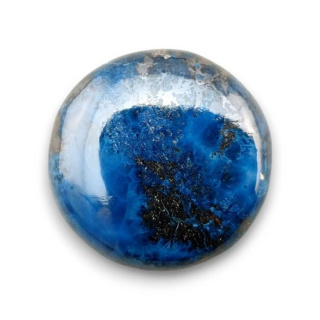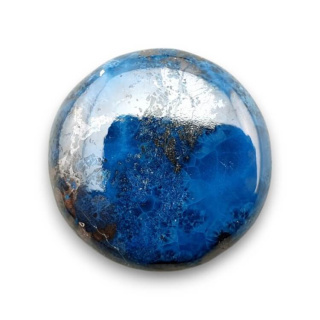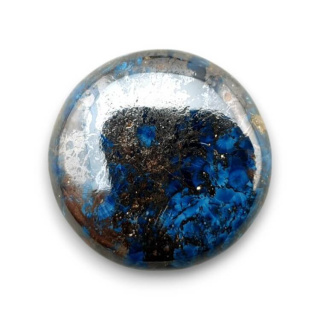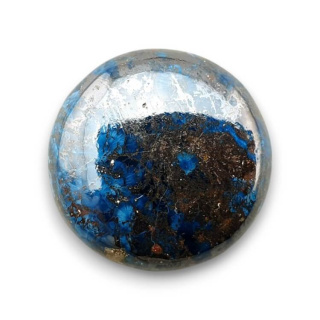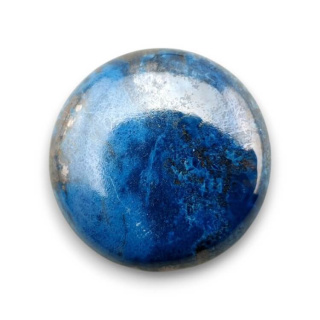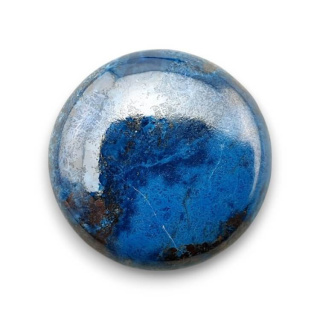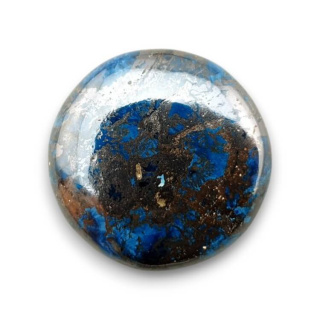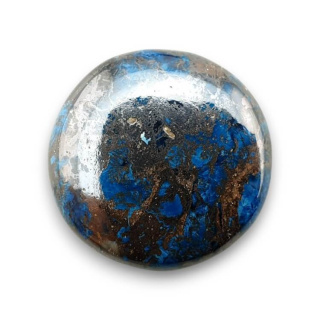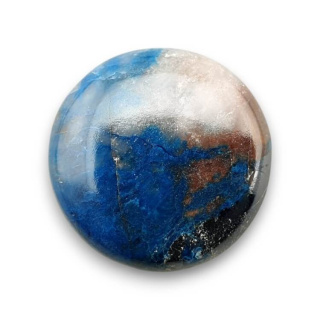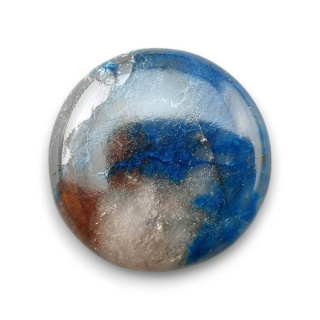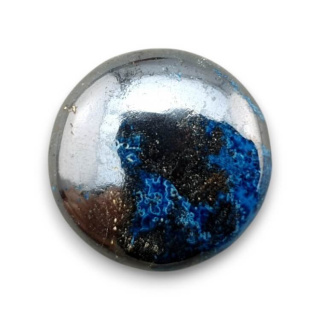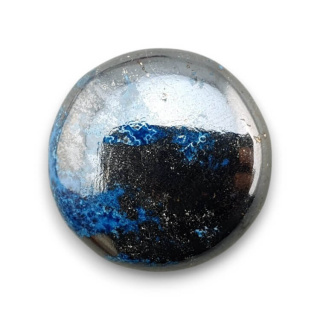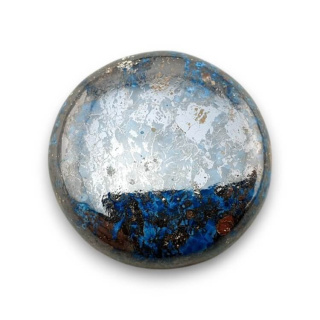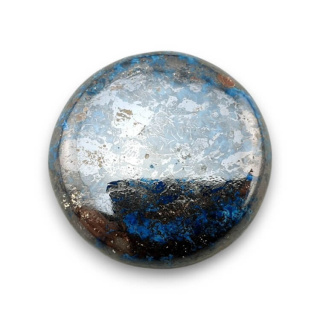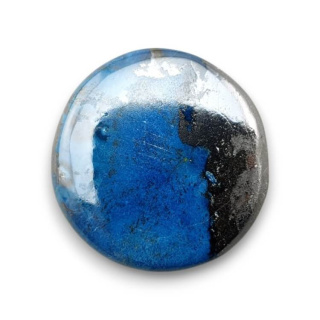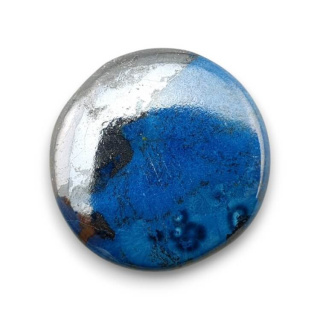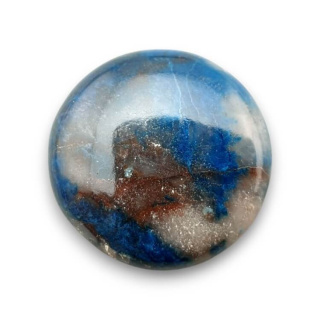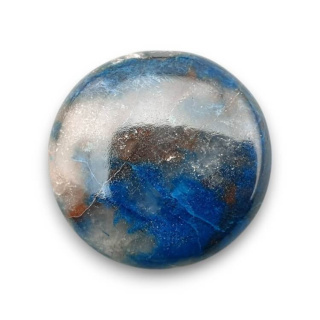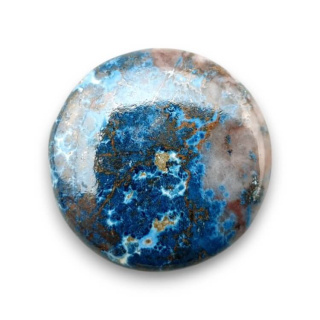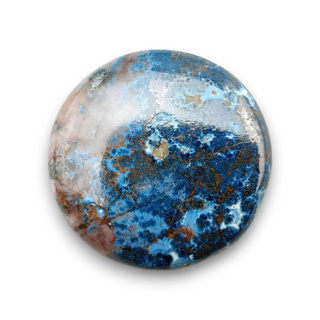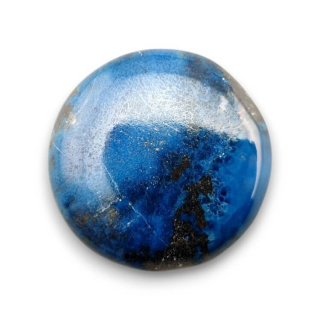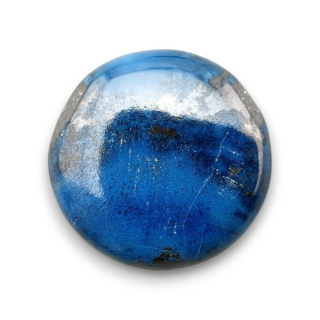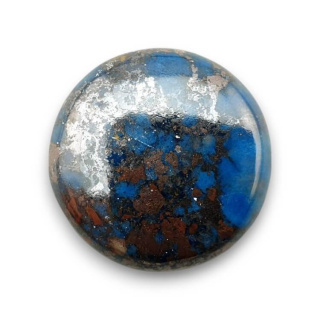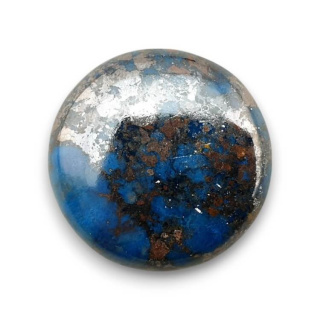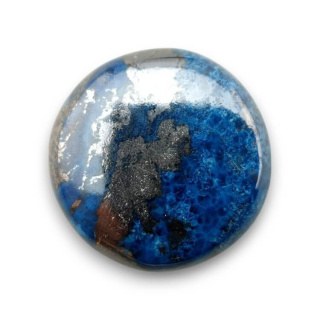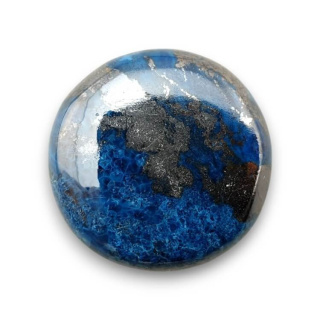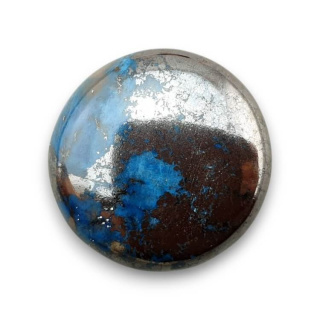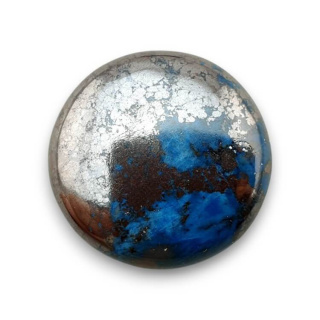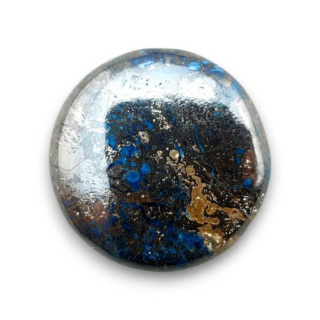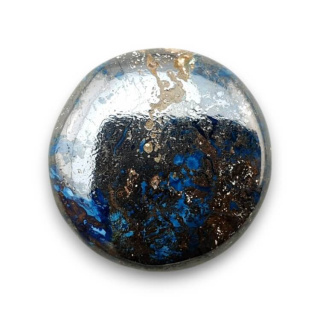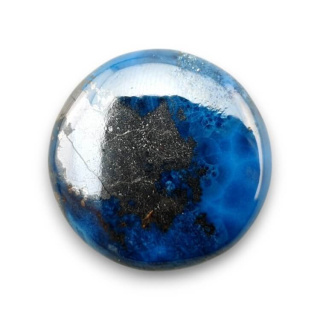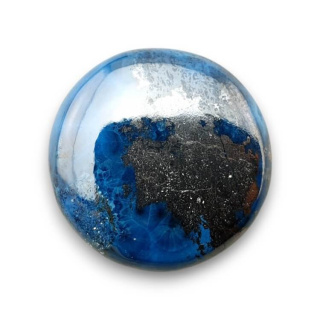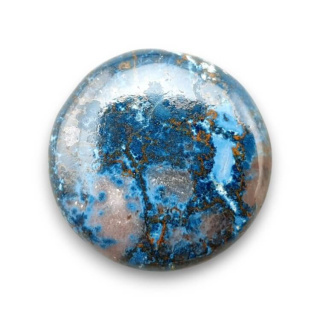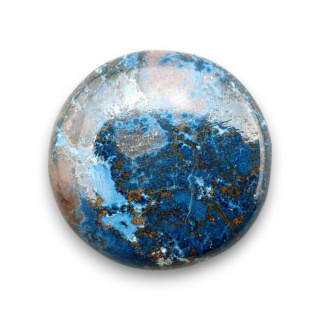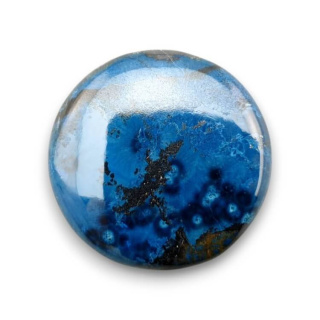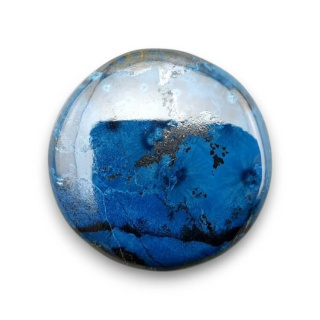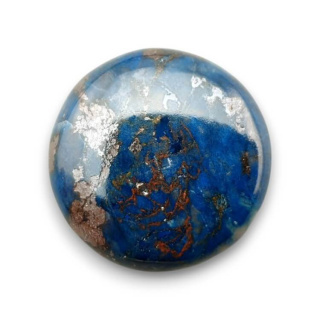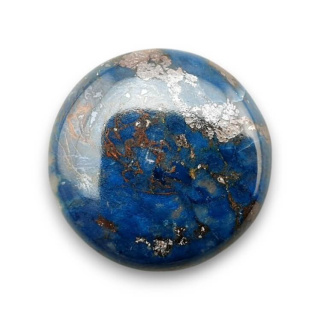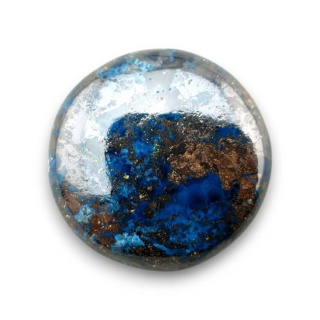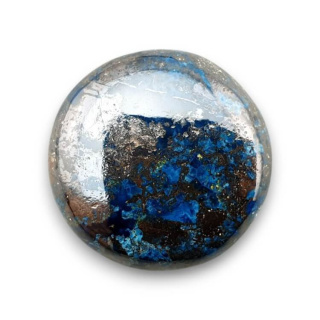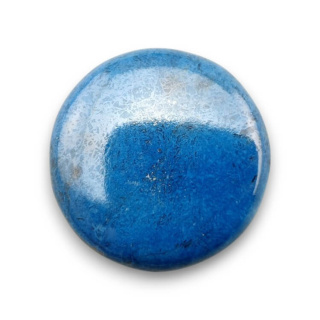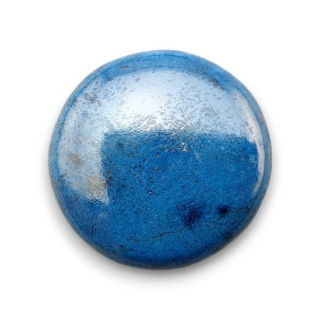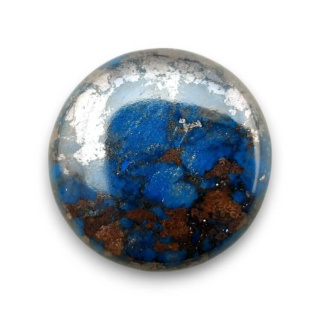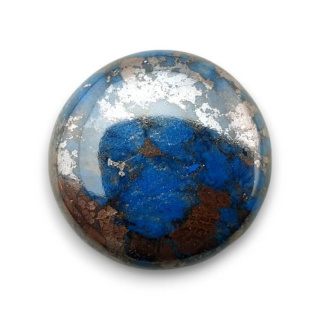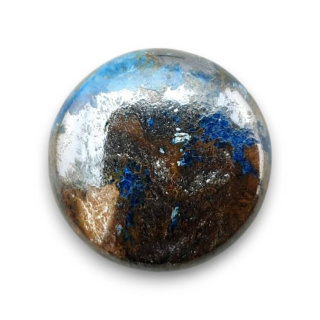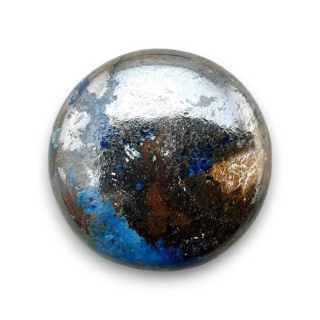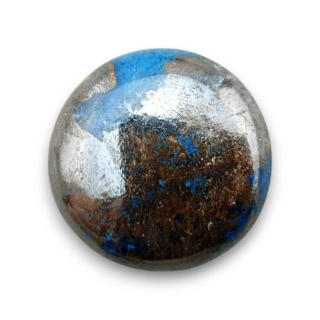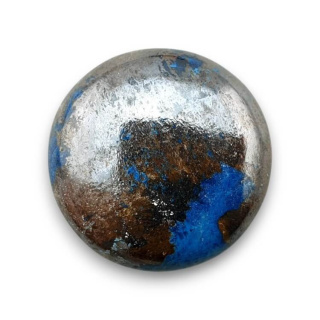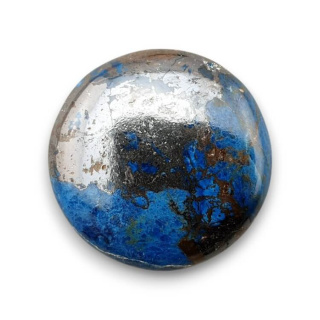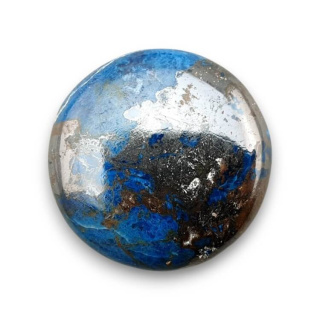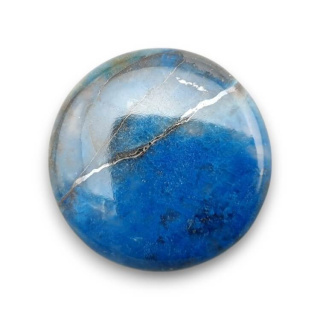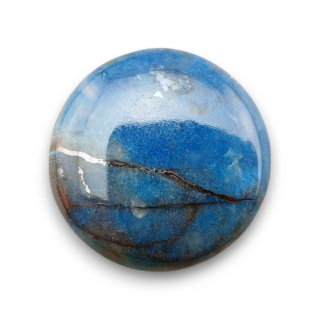Cart (0)
Cart is empty
Add to cart for free delivery
-,--
Free delivery!
Total
0 €
Price includes discounts
- All categories
-
Categories
- Stones | Crystals
- Beads for jewlery
- Jewelry components
- Synthetic stones
-
Zodiac stones
- Aquarius (Jan 20th - Feb 18th)
- Pisces (Feb 19th - Mar 20th)
- Aries (Mar 21st - Apr 19th)
- Taurus (Apr 20th - May 20th)
- Gemini (May 21st - Jun 20th)
- Cancer (Jun 21st - Jul 22nd)
- Leo (Jul 23rd - Aug 22nd)
- Virgo (Aug 23rd - Sep 22nd)
- Libra (Sep 23rd - Oct 22nd)
- Scorpio (Oct 23rd - Nov 21st)
- Sagittarius (Nov 22nd - Dec 21st)
- Capricorn (Dec 22nd - Jan 19th)
- Pearls | Shells
- Pendants
- Bracelets
- Tapes with crystals
- Crystals A-F
- Crystals G-K
- Crystals L-O
-
Crystals P-Z
- Peridote
- Pietersite
- Pyrite
- Prehnite
- Purpurite
- Rhodochrosite
- Rhodonite
- Ruby
- Selenite
- Septarian
- Seraphinite
- Indian seraphinite
- Serpentine
- Petrified wood
- Cat's eye scapolite
- Scolecite
- Sodalite
- Stichtite
- Shattuckite
- Scheelite
- Shungite
- Tektite
- Thulite
- Topaz
- Tibetan turquoise
- Tourmaline
- Tiger's eye
- Tiger's iron
- Unakite
- Variscite
- Sale
- Promo 💵
- Sale 🛒
- New arrivals 💥
- Discounts
- Delivery
- Payment
- Returns
- Contact us
- Blog
- Tapes with crystals (sale -40%)
-
Categories
-
Aquarius (Jan 20th - Feb 18th)
-
Pisces (Feb 19th - Mar 20th)
-
Aries (Mar 21st - Apr 19th)
-
Taurus (Apr 20th - May 20th)
-
Gemini (May 21st - Jun 20th)
-
Cancer (Jun 21st - Jul 22nd)
-
Leo (Jul 23rd - Aug 22nd)
-
Virgo (Aug 23rd - Sep 22nd)
-
Libra (Sep 23rd - Oct 22nd)
-
Scorpio (Oct 23rd - Nov 21st)
-
Sagittarius (Nov 22nd - Dec 21st)
-
Capricorn (Dec 22nd - Jan 19th)
-
Peridote
-
Pietersite
-
Pyrite
-
Prehnite
-
Purpurite
-
Rhodochrosite
-
Rhodonite
-
Ruby
-
Selenite
-
Septarian
-
Seraphinite
-
Indian seraphinite
-
Serpentine
-
Petrified wood
-
Cat's eye scapolite
-
Scolecite
-
Sodalite
-
Stichtite
-
Shattuckite
-
Scheelite
-
Shungite
-
Tektite
-
Thulite
-
Topaz
-
Tibetan turquoise
-
Tourmaline
-
Tiger's eye
-
Tiger's iron
-
Unakite
-
Variscite
Zodiac stonesCrystals P-Z -
- Promo 💵
- Sale 🛒
- New arrivals 💥
- Discounts
- Delivery
- Payment
- Returns
- Contact us
- Blog
- Tapes with crystals (sale -40%)
-
- Favorites
-
-
Cart (0)Cart is emptyAdd to cart for free delivery -,--Free delivery!Make orderTotal 0 €Price includes discounts
-
Azurite - a mineral known as the “stone of the heavens”
Number of products : 27Azurite is a mineral from the carbonate group, known for its intense, deep blue color.
It is a copper mineral with the chemical formula Cu₃(CO₃)₂(OH)₂, which often occurs together with malachite, another copper mineral with a green color.
Azurite owes its name to the Arabic name “al-lazward,” which means blue.
Categories
Filter
32.76
36.00
34.58
38.00
34.58
38.00
30.03
33.00
34.58
38.00
26.39
29.00
38.22
42.00
40.95
45.00
27.30
30.00
25.48
28.00
30.03
33.00
30.94
34.00
32.76
36.00
40.95
45.00
37.31
41.00
39.13
43.00
36.40
40.00
27.30
30.00
31.85
35.00
32.76
36.00
39.13
43.00
35.49
39.00
34.58
38.00
40.95
45.00
35.49
39.00
35.49
39.00
32.76
36.00
Characteristics of azurite
- Color: Intense blue, sometimes with a delicate sheen. Depending on the concentration of copper, the shade may be lighter or darker.
- Luster: Glassy to earthy.
- Mohs hardness scale: 3.5–4 (fairly soft).
- Fracture: Conchoidal or irregular.
- Crystal system: Monoclinic. Azurite crystals are often prismatic or tabular.
- Locations: It can be found in the oxidation zones of copper deposits. The most famous locations are Morocco, Namibia, Australia, the USA (Arizona), France, and Mexico.
Uses of azurite
- Decorative:
- Used in jewelry as a decorative stone, although less frequently than other minerals due to its fragility.
- Pigments:
- In the past, it was used as a blue pigment in painting (e.g., in medieval frescoes and miniatures).
- Esotericism and lithotherapy:
- Often used in spiritual and meditative practices. It is believed to enhance intuition, concentration, and spiritual development.
Esoteric properties of azurite
- Connection with intuition: Supports spiritual development, opens the mind to higher levels of consciousness.
- Chakra harmonization: It has a strong effect on the third eye and throat chakras, supporting intuition and clear communication.
- Mind stimulation: Believed to help increase creativity and clarity of thought.
Azurite is a beautiful mineral that not only attracts attention with its color, but also has a deep spiritual and historical meaning. It should be handled with care due to its delicacy.
![[{[item.product.name]}]]([{[item.product.photo.url]}] 75w)


